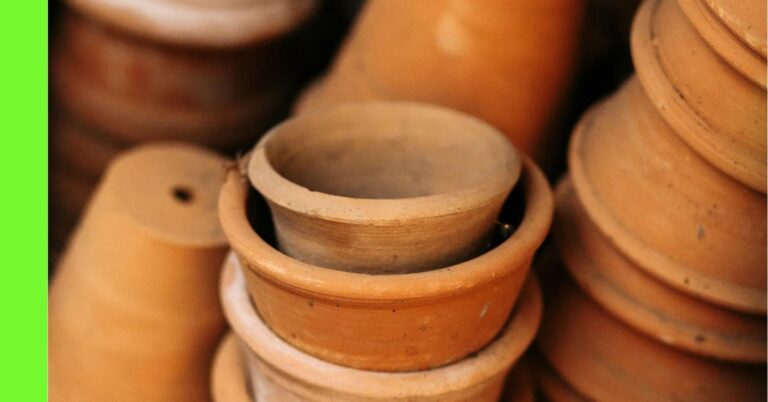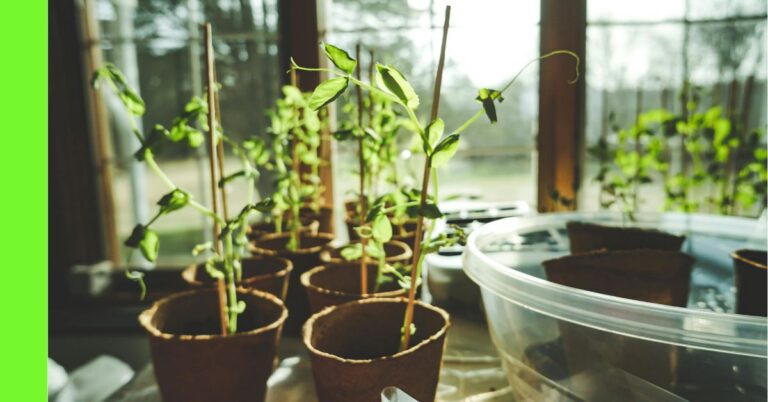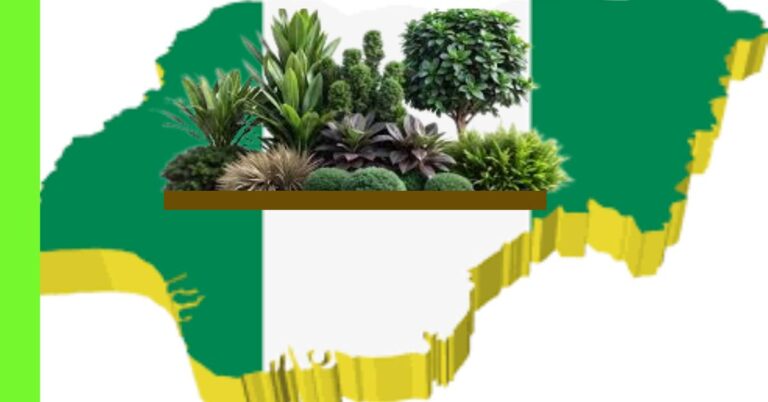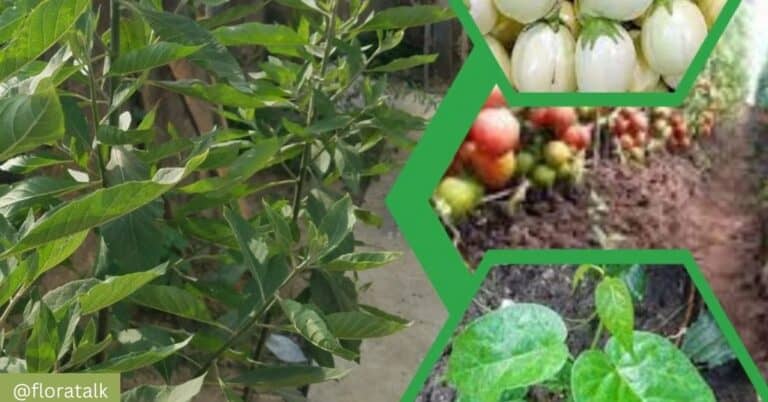Herb Gardens: Growing and Harvesting Herbs
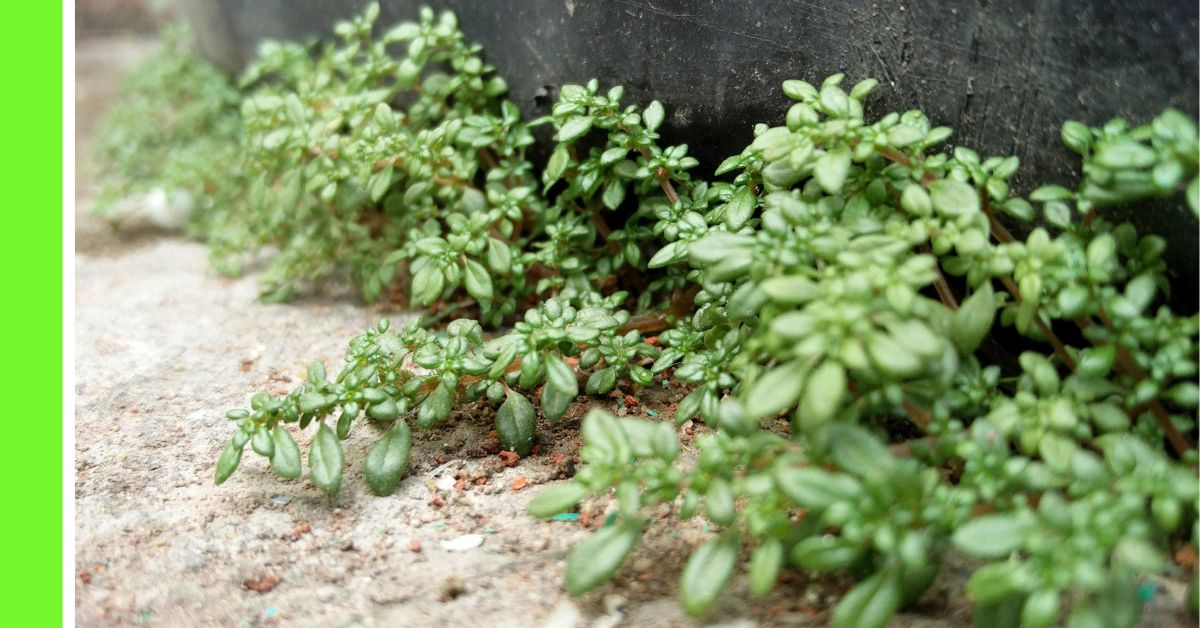
Herbs are an essential part of daily life in Nigeria.
From seasoning meals and brewing traditional remedies to supporting small-scale agriculture and home-based businesses, herbs offer a blend of culinary, medicinal, and economic value.
Establishing a herb garden is a practical and rewarding venture for both rural dwellers and urban residents.
Whether you have access to a backyard or only a few pots on a balcony, you can cultivate a thriving herb garden with minimal investment.
This article explores how to grow, care for, and harvest herbs, focusing on suitable local conditions, common herbs, and harvesting methods.
Why Grow Herbs?
1. Culinary Use
Nigerian cuisine is rich in flavours, and herbs play a vital role in dishes like soups, stews, and sauces.
Locally loved herbs such as scent leaf (Ocimum gratissimum), curry leaf (Murraya koenigii), and uziza (Piper guineense) are used almost daily.
2. Medicinal Benefits
Herbs are central to traditional medicine in Nigeria.
For example, bitter leaf is used for treating fever and digestive-related issues, while neem leaves are known for managing malaria.
3. Economic Opportunity
With growing demand for organic and locally-grown products, herb farming presents a viable agribusiness. Herbs can be sold fresh, dried, or processed into oils and teas.
Choosing the Right Location
Nigeria’s climate, which ranges from humid tropical in the south to semi-arid in the north, supports year-round herb cultivation.
However, a few key conditions are necessary:
- Sunlight: Most herbs need 4–6 hours of direct sunlight daily.
- Drainage: Whether in containers, raised beds, or grown directly on the ground, the soil must drain well to prevent root rot.
- Accessibility: Place your herb garden near the kitchen or living area for easy harvesting and care.
Common Herbs Grown in Nigeria
Here are some popular herbs suitable for different Nigerian regions:
| Herb | Local Name | Uses |
| Scent Leaf | Efirin/Nchuanwu | Cooking, malaria treatment |
| Bitter Leaf | Onugbu/Shiwaka | Soups, digestive and fever remedy |
| Curry Leaf | Curry leaf | Cooking spice, blood sugar management |
| Lemongrass | Fever grass | Tea, fever treatment |
| Neem | Dogonyaro | Malaria, skin care |
| Mint | Mint | Tea, flavouring, freshener |
| Jatropha tanjoren | Eyanipaja (Hospital too far) | |
| Moringa | ||
| Stone breaker (Small leaf) | ||
| Wonder of the world | ||
| Bloodleaf (Iresine) | ||
| Aloe Vera | ||
| Girdle pod (Mitracarpus scraber) | Ogwungwo/irawo ile/gudugal | |
| Bush or Candle Plant | ||
| Wild Lettuce |
Starting Your Herb Garden
1. From Seeds or Cuttings
- Seeds: Start in nursery trays or small pots, then transplant after 3–4 weeks.
- Cuttings: Take stem cuttings from mature plants (like mint and scent leaf) and root them in the soil.
2. Soil Preparation
- Mix loamy soil with compost or well-rotted manure.
- For containers, use a blend of topsoil, sand, and organic compost.
3. Watering Needs
- Water early in the morning or late in the evening.
- Herbs like mint need more frequent watering, while woody herbs like thyme or rosemary prefer drier conditions.
4. Fertilisation
- Use natural compost or liquid organic fertilisers like compost tea or fermented plant juice (FPJ).
- Avoid over-fertilising, especially with nitrogen-rich feeds, as they can reduce flavour intensity.
Container Gardening for Herbs
Urban residents without land can grow herbs in containers such as:
- Plastic or clay pots
- Recycled buckets
- Cement bags (lined and perforated for drainage)
- Hanging baskets
Tips:
- Ensure containers have drainage holes.
- Group herbs with similar water needs together.
- Rotate pots occasionally to ensure even sunlight exposure.
Pest and Disease Management
Common herb garden pests include:
- Aphids: Use neem oil spray or soapy water.
- Caterpillars: Handpick or use organic BT sprays.
- Powdery Mildew: Improve airflow and avoid overhead watering.
Encourage natural predators like ladybugs and birds, and practice companion planting.
Harvesting and Preservation
1. When to Harvest
- Harvest in the early morning after the dew has dried.
- Begin cutting when herbs are mature but before they flower, which is when oils (flavour) are strongest.
2. How to Harvest
- Use a sharp knife, scissors or pruning shears.
- Cut above a leaf node to encourage bushier growth.
3. Preservation Techniques
- Drying
- Freezing
- Infusing
Conclusion
With basic tools and some attention, you can cultivate flavorful, medicinal, and aromatic plants that boost your health and your meals.
As more Nigerians embrace urban farming and organic living, herbs are becoming central to home gardening culture.
Whether for personal use or a small-scale business, starting a herb garden is a smart and sustainable choice.
See Also: Vegetable Garden: Planning, Planting, and Harvesting
Hope this article was helpful.

